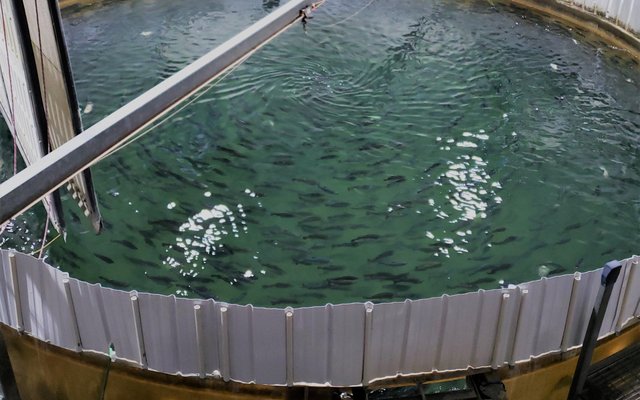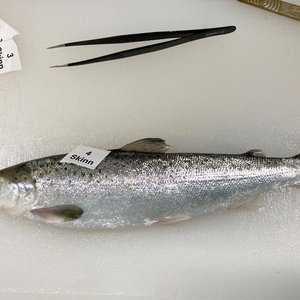Developing efficacious protocols for applying water disinfectants to reduce opportunistic pathogen‐associated mortalities during the Atlantic salmon fry stage would be highly beneficial for producers. One of these pathogens is Saprolegnia spp., a ubiquitous freshwater oomycetes that can severely impact the health of freshwater fish and other aquatic organisms in aquaculture and natural ecosystems.
A group of US researchers exposed Atlantic salmon fry (0.47 g) to daily stressors over four weeks while providing daily 30‐min bath treatments of 15 mg/L hydrogen peroxide, 0.2 mg/L peracetic acid or 0.5 mg/L peracetic acid. Survival was tracked and skin and gill samples were collected at 2 and 4 weeks for histopathology.
Tanks treated with hydrogen peroxide had significantly higher survival (83.7%) compared to controls (69.5%) while no significant differences were observed between either peracetic acid treatments and controls. No significant differences were noted among treatments for waterborne Saprolegnia spp. concentrations through qPCR quantification. Lower total suspended solids were observed in both PAA treatment groups; no other water quality differences were noted. No treatment impacts were observed through histopathology at either sampling point.
“The results of our study demonstrate that a daily low‐dose application of hydrogen peroxide can be effective in reducing mortalities associated with opportunistic infections in stressed juvenile Atlantic salmon without negatively impacting gill and skin tissue integrity. These results contribute to the growing body of research assessing hydrogen peroxide use in aquaculture and may be particularly relevant to its application in RAS operations,” researchers said.
“Further research is also required to refine and optimize application approaches for peracetic acid and hydrogen peroxide in Atlantic salmon aquaculture, in terms of concentrations and exposure durations, and this is particularly important in RAS given its increasing usage in Atlantic salmon culture and the potential impacts of water treatments on RAS biofiltration,” researchers concluded.
Download the study here.













